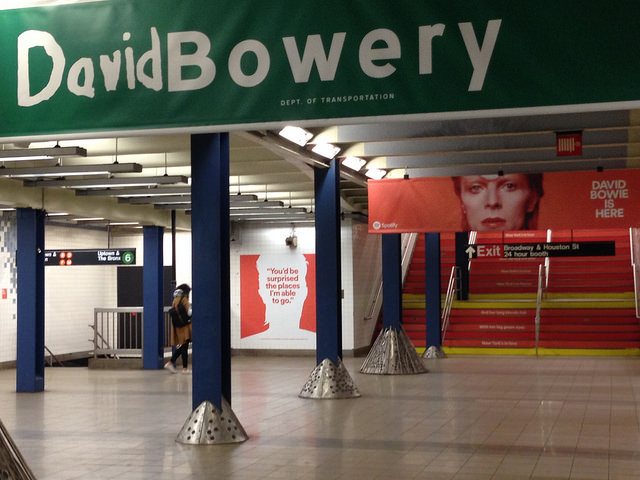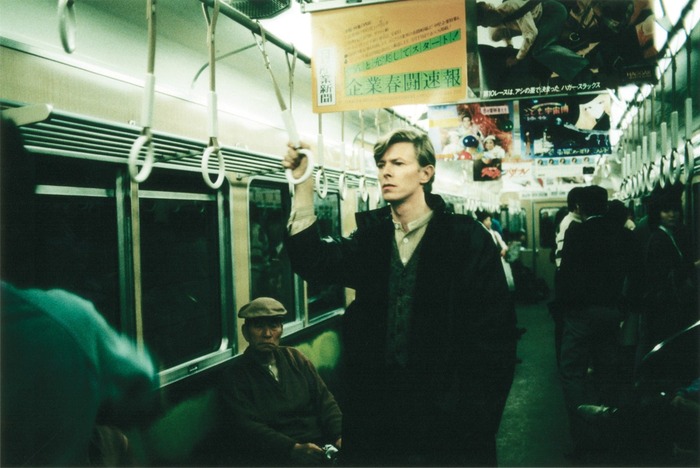It can be a little hard to take the word “riot” seriously when applied to a contentious ballet performance, given how regularly we now see police with machine guns, shields, and tanks rolling down city streets to overpower protesting citizens. But that is the word that has come down to us for the fracas that greeted the debut of Serge Diaghilev and Igor Stravinsky’s Rite of Spring in Paris in 1913. The idea of a riot seems all the more incongruous, and funny, when considered in the light of Jean Cocteau’s description of the crowd:
The smart audience in tails and tulle, diamonds and ospreys, was interspersed with the suits and bandeaux of the aesthetic crowd. The latter would applaud novelty simply to show their contempt for the people in the boxes… Innumerable shades of snobbery, super-snobbery and inverted snobbery were represented.
This Parisian smart set came together on that evening of May 29th expecting “something potentially outrageous,” writes The Telegraph’s classical critic Ivan Hewett. Diaghilev’s Ballet Russes had previously “entranced and shocked Paris.”
Stravinsky was acquiring a reputation as a musical provocateur, having built his score for 1910’s The Firebird around the dissonant “Devil’s Interval.” Nonetheless, as the Rocketboom video below, “The Riot of Spring,” explains, audiences packed into the Théâtre des Champs-Élysées had no preparation for what they would see, and hear, when the curtain arose.
And what was that? A “high, almost strangled bassoon melody,” Hewett writes, “soon draped with fluttering, twittering woodwind sounds” set to “pulsating rhythms.” Choreographer Vaslav Nijinsky’s dancers “seemed pulled down to earth. Their strange, jerky movements and awkward poses defied every canon of gracefulness.” The audience reacted immediately, shouting and attacking one another: “canes were brandished like menacing implements of combat all over the theater.” Stravinsky himself remembers the theatergoers reactions with disdain in a short interview excerpt at the top.
“The storm broke,” he says, once the curtain opened on a group of “knock-kneed… Lolitas jumping up and down.” The audience “came for Scheherazade or Cleopatra, and they saw Le Sacre du Printemps. They were very shocked. They were very naïve and stupid people.” Did Stravinsky really not anticipate the degree of unrest his weird, dissonant ballet might provoke? It seems not. He hoped it would be a bigger hit than his widely-praised Petrushka of three years earlier. “From all indications,” he had written to set designer Nicholas Roerich, “I can see that this piece is bound to ‘emerge’ in a way that rarely happens.” This proved true, but not at all in the way he meant it.
For his part, writes Hewett, Diaghilev “was hoping for something more than an emergence. He wanted a scandal.” James Wolcott, in his account of the evening, Wild in the Seats, argues that the Russian impresario had “a genius for publicity that wouldn’t be matched until the advent of Andy Warhol and the pop cult of celebrity.” He knew he needed to rattle the “jaded elegants,” who “weren’t going to be stimulated by the same melting, yearning pantomime in pointe shoes.” The Rite of Spring premiere remains the most infamous scandal in the history of ballet to this day.
But while the sophisticates battled it out in the aisles, screaming over the orchestra, pulling down each other’s top hats, it’s said, and challenging each other to duels, a few spectators, Cocteau included, sat entranced by the performance. The work, he later wrote, “is, and will remain, a masterpiece: a symphony impregnated with wild pathos, with earth in the throes of birth, noises of farm and camp, little melodies that come to us out of the depths of the centuries, the panting of cattle, profound convulsions of nature, prehistoric georgics.”
See the opening movements performed above by the Joffrey Ballet in 1987, and imagine yourself in the midst of Paris’s highest society convulsing in a riotous outcry. What was so upsetting? “Perhaps the riot was a sign of disquiet,” Hewett speculates, “a feeling that that the world had lost its moorings, and that barbarism was about to be let loose in the streets.” According to eyewitnesses, some disturbed spectators even called in the police. You can learn much more about this fascinating history at the free Harvard edX course, “Stravinsky’s Rite of Spring: Modernism, Ballet, and Riots.”
Related Content:
Stravinsky’s The Rite of Spring, Visualized in a Computer Animation
Stravinsky’s “Illegal” Arrangement of “The Star Spangled Banner” (1944)
Watch 82-Year-Old Igor Stravinsky Conduct The Firebird, the Ballet Masterpiece That First Made Him Famous (1965)
Josh Jones is a writer and musician based in Durham, NC. Follow him at @jdmagness








